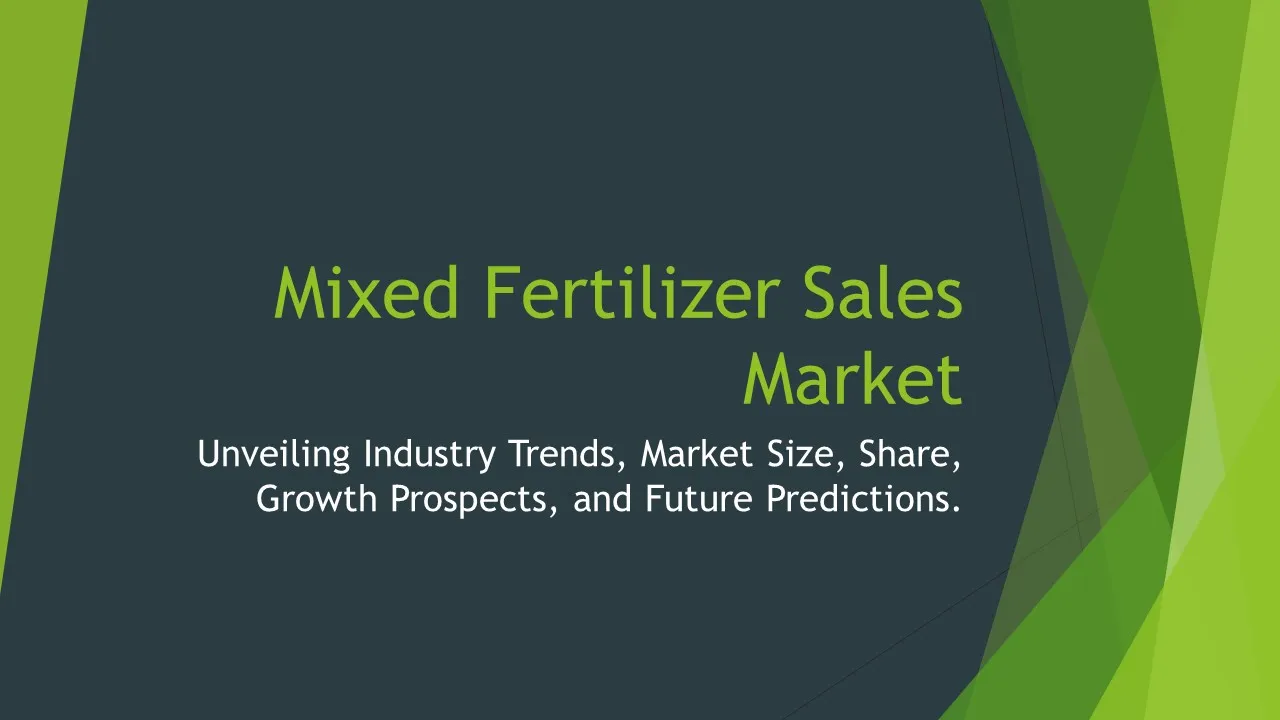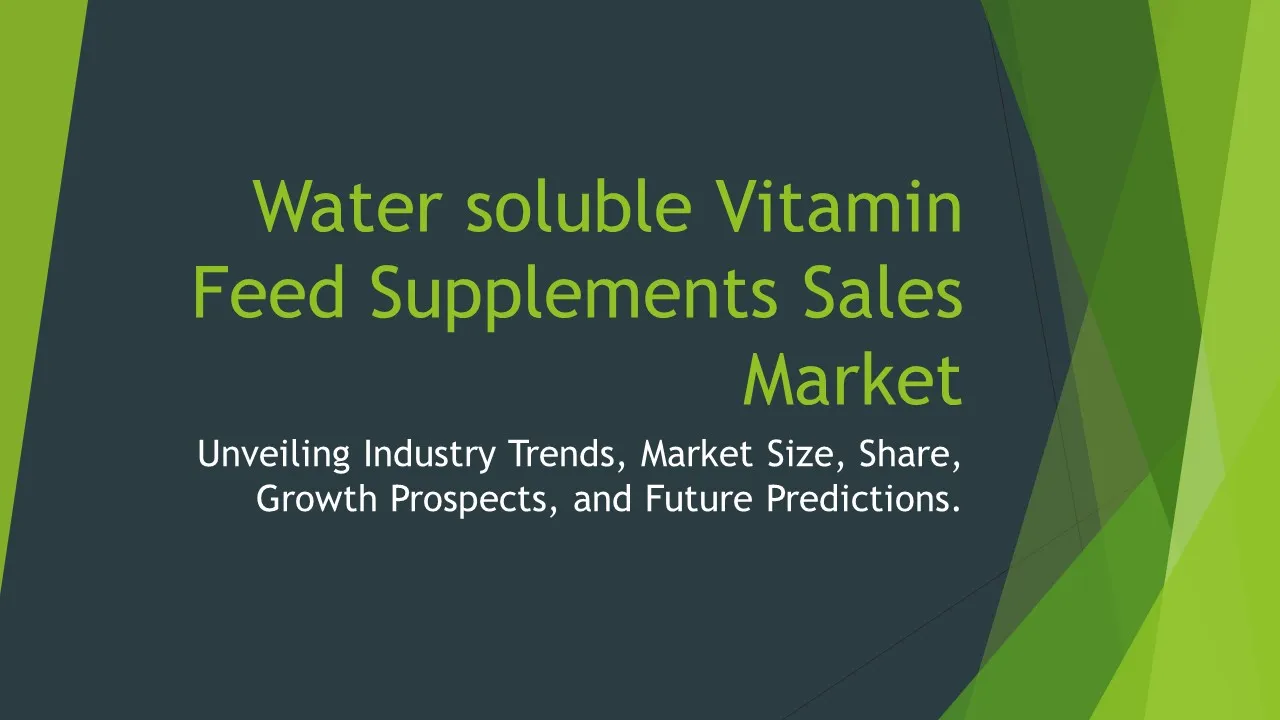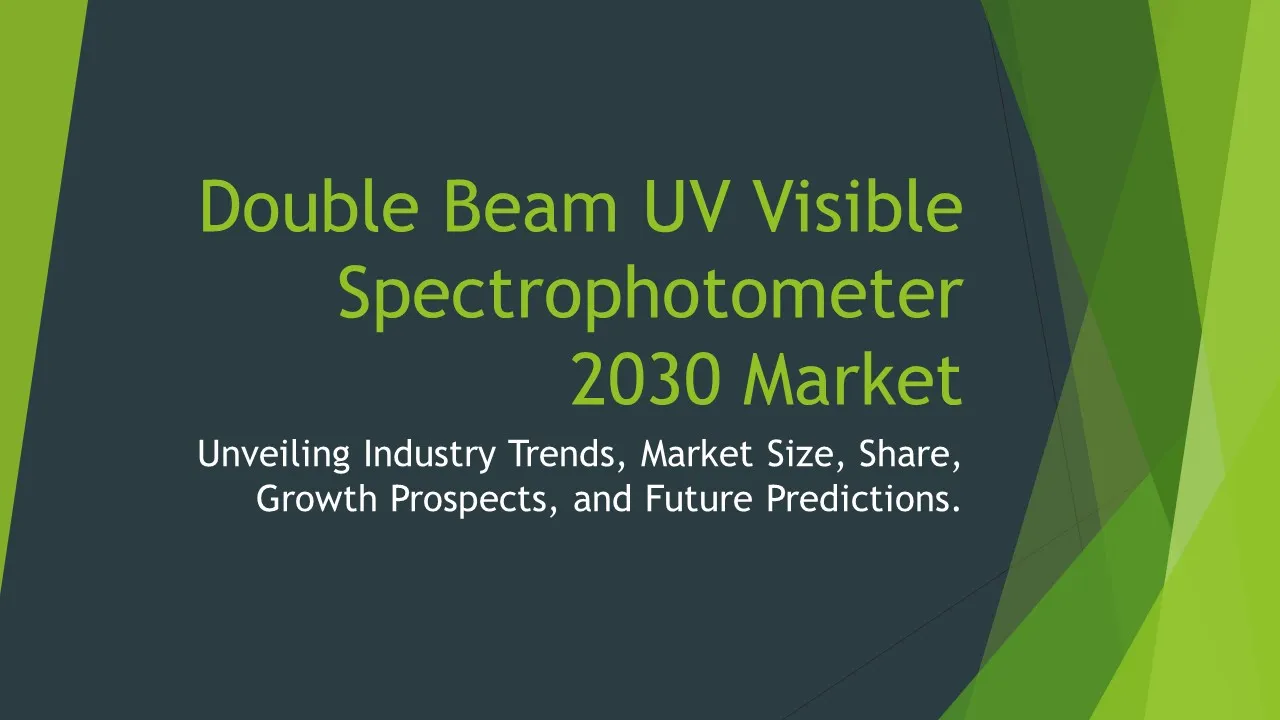Aquaculture Cages Sales
Aquaculture Cages Market Segments - by Product Type (Floating Cages, Submersible Cages, Rigid Cages, Soft Cages, Hybrid Cages), Application (Fish Farming, Shellfish Farming, Seaweed Farming, Others), Material Type (Nylon, HDPE, PVC, Steel, Others), Fish Type (Salmon, Tilapia, Sea Bass, Tuna, Others), Region (Asia Pacific, North America, Europe, Latin America, Middle East & Africa) - Global Industry Analysis, Growth, Share, Size, Trends, and Forecast 2025-2035
- Report Preview
- Table Of Content
- Segments
- Methodology
Aquaculture Cages Sales Market Outlook
The global aquaculture cages market is projected to reach approximately USD 3.2 billion by 2035, exhibiting a compound annual growth rate (CAGR) of around 6.5% from 2025 to 2035. This growth is primarily driven by the increasing global demand for seafood due to rising population and changing dietary habits, coupled with the need for sustainable fish farming practices to meet these demands. Furthermore, advancements in aquaculture technology and the growing adoption of innovative cage designs are expected to enhance the efficiency and productivity of fish farming operations. The market is also supported by favorable government regulations and initiatives for aquaculture development and sustainability, which are encouraging investments in modern aquaculture systems. The increasing awareness regarding the environmental impacts of overfishing is pushing the aquaculture sector to evolve, further bolstering the demand for aquaculture cages.
Growth Factor of the Market
The aquaculture cages market is experiencing significant growth due to a variety of factors. Firstly, the rising global population and urbanization have led to increased seafood consumption, necessitating more efficient aquaculture systems. Additionally, the growing inclination towards fish as a source of protein, owing to its health benefits over red meat, has further stimulated this demand. Secondly, advancements in aquaculture technology, such as improved cage designs and materials, are enhancing fish farming productivity and sustainability. The emphasis on environmental sustainability and responsible fishing practices is motivating fish farmers to invest in modern aquaculture systems, which are often more expensive but offer higher returns in the long run. Finally, government initiatives aimed at promoting aquaculture as a key component of food security are providing a significant boost to the market by encouraging research and development, thus nurturing innovation in aquaculture cage technologies.
Key Highlights of the Market
- The market is expected to grow at a robust CAGR of 6.5% from 2025 to 2035, driven by rising seafood consumption.
- Technological advancements in cage design and materials are enhancing the sustainability and productivity of aquaculture.
- Government policies and incentives are promoting the development of aquaculture practices globally.
- The demand for sustainable fish farming practices is pushing the adoption of innovative aquaculture cage solutions.
- Growing awareness of the environmental impacts of overfishing is shifting focus towards aquaculture for food security.
By Product Type
Floating Cages :
Floating cages are among the most widely used types of aquaculture cages due to their versatility and adaptability to various farming environments. These cages are designed to float on the water surface, allowing for effective water circulation and access to natural sunlight, which is beneficial for fish growth. Floating cages are typically made from durable materials such as high-density polyethylene (HDPE) and are equipped with mesh netting to keep fish contained while allowing for water exchange. Their design makes them ideal for use in both freshwater and marine environments, catering to a variety of fish species. As the demand for seafood continues to rise, floating cages are becoming increasingly popular due to their cost-effectiveness and ability to support high-density stocking of fish. Moreover, innovations in floating cage technology are enhancing their resilience against harsh weather conditions and reducing the risk of fish escape, thus fostering sustainable aquaculture practices.
Submersible Cages :
Submersible cages are specifically designed to be submerged underwater, providing a unique alternative to traditional floating cages. This type of cage is particularly beneficial in environments where surface currents and waves can be disruptive. By submerging the cages, fish can thrive in a more stable and controlled environment, which can lead to improved growth rates and health. These cages are constructed from robust materials that withstand underwater pressure and are often equipped with advanced monitoring systems to track water quality and fish behavior. Submersible cages also help in minimizing the risk of predation and can be strategically deployed in areas with optimal conditions for fish farming. As aquaculture practices evolve, submersible cages are gaining traction, particularly for high-value fish species that require specific environmental conditions for optimal growth.
Rigid Cages :
Rigid cages are known for their structural integrity and durability, making them a preferred choice for many aquaculture operations. These cages are typically made from strong materials such as steel or reinforced plastics, providing excellent resistance to environmental stressors. Rigid cages offer a stable environment for fish farming, capable of withstanding extreme weather conditions and rough seas, which is particularly beneficial for offshore aquaculture ventures. The design of rigid cages allows for high-density stocking, ensuring maximum yield per unit area. Moreover, these cages can be customized to accommodate various fish species and farming practices, enhancing their versatility. As aquaculture continues to expand into deeper waters, the demand for rigid cages is expected to rise, driven by the need for reliable and robust farming solutions that can operate efficiently in challenging environments.
Soft Cages :
Soft cages are a more flexible and lighter alternative to rigid cages, designed to adapt to varying water conditions. Constructed from soft materials such as nets and fabrics, these cages are particularly effective in environments with slight wave action, where traditional cages might struggle. Soft cages are easy to install and dismantle, making them suitable for temporary farming operations or sites where conditions may change frequently. Their lightweight nature allows for easier relocation, which is beneficial for farmers looking to optimize their operations based on seasonal changes. Moreover, the use of soft cages can reduce the environmental impact of aquaculture, as they tend to have a lower footprint compared to rigid structures. As the aquaculture industry continues to innovate, soft cages are becoming increasingly popular among farmers who prioritize flexibility and sustainability in their operations.
Hybrid Cages :
Hybrid cages combine elements from both rigid and soft cage designs, offering a unique solution to various aquaculture challenges. These cages typically feature a robust frame for structural integrity while employing softer materials for the netting or enclosures. Hybrid cages provide the best of both worlds, allowing for high-density stocking capabilities while minimizing the risk of fish escape or loss due to environmental factors. They are designed to withstand harsh conditions, making them suitable for both inland and offshore aquaculture operations. The adaptability of hybrid cages allows farmers to customize their setups according to specific fish species and farming objectives, enhancing operational efficiency. As aquaculture practices shift towards more innovative and sustainable methods, hybrid cages are expected to witness increased adoption, driven by their versatility and effectiveness.
By Application
Fish Farming :
Fish farming, also known as aquaculture, is one of the primary applications driving the demand for aquaculture cages. This application encompasses the cultivation of various fish species in controlled environments to meet the rising global seafood demand. With the increasing recognition of fish as a healthy protein source, fish farming has gained significant traction in recent years. Aquaculture cages provide the necessary infrastructure for fish farming operations, enabling the sustainable production of species such as salmon, tilapia, and catfish. Innovations in cage design and management practices are enhancing production efficiency, reducing environmental impacts, and improving fish welfare. As fish farming continues to grow, the demand for specialized cages tailored to different species and farming techniques is expected to increase substantially.
Shellfish Farming :
Shellfish farming is an emerging sector within the aquaculture industry that is gaining popularity due to its potential for sustainable seafood production. This application includes the cultivation of species such as oysters, mussels, and clams, which are often grown in coastal waters using cage systems. Aquaculture cages designed specifically for shellfish farming are structured to allow for proper water flow, ensuring optimal growth conditions for these filter-feeding organisms. The growing consumer preference for shellfish, coupled with the industry's commitment to sustainable practices, is driving the demand for specialized cages that enhance production efficiency and minimize environmental impacts. As regulations around seafood sustainability become more stringent, shellfish farming in aquaculture cages is expected to increase as a viable alternative to wild harvesting.
Seaweed Farming :
Seaweed farming is gaining momentum as a complementary application within the aquaculture sector, driven by the increasing demand for seaweed in various industries, including food, cosmetics, and biofuels. Aquaculture cages are being utilized to cultivate a variety of seaweed species, providing a controlled environment to enhance growth and harvest efficiency. These cages support the cultivation of seaweed while ensuring protection from environmental factors and allowing for easy management. The ecological benefits of seaweed farming, such as carbon sequestration and habitat creation, are further promoting its adoption. As awareness about the benefits of seaweed grows, the demand for aquaculture cages tailored for seaweed farming is expected to rise, contributing to overall market growth.
Others :
The “Others” category in the application segment of the aquaculture cages market encompasses various niche farming practices, including the cultivation of ornamental fish and other aquatic organisms. These applications, though smaller in scale compared to fish and shellfish farming, are essential for diversifying the aquaculture industry. Ornamental fish farming, for instance, has seen substantial growth driven by the increasing popularity of aquariums and aquascaping. Aquaculture cages designed for these applications are often smaller and tailored to specific species, ensuring optimal growth conditions. As consumer preferences continue to evolve, the demand for specialized aquaculture cages catering to unique applications beyond traditional fish and shellfish farming is expected to increase, contributing to the market's overall expansion.
By Material Type
Nylon :
Nylon is a versatile material that has found widespread use in the production of aquaculture cages due to its strength and durability. Nylon cages are resistant to abrasion, UV light, and various chemicals, making them suitable for both freshwater and marine applications. The flexibility of nylon also allows for the design of cages that can adapt to changing water conditions, which is essential in dynamic farming environments. Moreover, nylon cages are lightweight, facilitating easier installation and maintenance, hence reducing operational costs for farmers. As the aquaculture industry increasingly emphasizes sustainable practices, the use of nylon in cage construction is expected to grow, given its long lifespan and recyclability potential.
HDPE :
High-Density Polyethylene (HDPE) is a popular choice for aquaculture cages due to its excellent corrosion resistance and durability. HDPE cages are designed to withstand harsh environmental conditions, making them ideal for marine and offshore aquaculture operations. The material is non-toxic and environmentally friendly, aligning with the growing demand for sustainable aquaculture practices. HDPE cages offer good buoyancy and structural stability, allowing for high-density fish farming without compromising fish welfare. Moreover, advancements in HDPE manufacturing processes are resulting in cages with improved design features, such as better water flow and reduced biofouling, which are crucial for maintaining optimal farming conditions. As the aquaculture sector evolves, the preference for HDPE cages is expected to increase, driven by their durability and sustainability characteristics.
PVC :
Polyvinyl Chloride (PVC) is another widely used material in the construction of aquaculture cages due to its affordability and versatility. PVC cages are lightweight and easy to handle, allowing for quick installation and relocation, which is particularly advantageous for farmers operating in fluctuating environments. This material offers good resistance to various chemicals and UV light, prolonging the lifespan of the cages. PVC cages are commonly utilized in freshwater fish farming applications, where the need for cost-effective solutions is paramount. However, as sustainability becomes a focal point in aquaculture practices, the industry is witnessing a gradual shift towards more eco-friendly materials. Despite this, PVC remains a staple in the market due to its practicality in certain farming scenarios.
Steel :
Steel is recognized for its strength and durability, making it an excellent choice for constructing robust aquaculture cages, particularly in challenging environments. Steel cages are often utilized in offshore aquaculture operations due to their ability to withstand extreme weather conditions and heavy loads. They provide excellent structural stability, allowing for high-density fish farming without compromising the integrity of the cages. However, the use of steel requires additional considerations regarding corrosion resistance, often necessitating protective coatings or treatments. As the aquaculture industry continues to expand, the demand for steel cages is expected to grow, particularly in regions where environmental conditions pose significant challenges to fish farming.
Others :
The “Others” category in the material type segment includes various alternative materials such as fiberglass and composite materials that are gaining traction in the aquaculture cages market. These materials often combine the advantages of strength and lightweight properties, providing innovative solutions for fish farming. For example, fiberglass cages offer excellent corrosion resistance and longevity, making them suitable for marine applications. Additionally, composite materials can be engineered to enhance buoyancy and flexibility, catering to specific farming needs. As the aquaculture industry increasingly adopts advanced materials to improve sustainability and efficiency, the demand for various alternative materials in cage construction is expected to rise, reflecting the market's innovative direction.
By Fish Type
Salmon :
Salmon farming is one of the most lucrative segments within the aquaculture industry, driving significant demand for specialized aquaculture cages. Farmers require robust cage systems that can support high-density stocking while ensuring optimal water quality and fish health. Cages for salmon farming are often designed with specific dimensions and configurations to accommodate their growth patterns and behavioral needs. The increasing global consumption of salmon, driven by its health benefits and culinary appeal, is propelling the demand for efficient farming practices. Innovations in cage design, such as improved water circulation and reduced biofouling, are enhancing production efficiency, making salmon farming a focal point for aquaculture investments.
Tilapia :
Tilapia is one of the fastest-growing fish species in aquaculture, prompting a surge in demand for aquaculture cages tailored to their farming needs. Known for their adaptability to various environmental conditions, tilapia farming has become popular in both freshwater and brackish water systems. The cages designed for tilapia farming often prioritize flexibility and ease of maintenance, allowing for different farming densities and conditions. With tilapia being a staple protein source in many regions, the increasing preference for this fish is driving innovations in cage technology that promote sustainability and efficient production practices. As tilapia continues to gain popularity, the aquaculture cages market is expected to witness substantial growth in this segment.
Sea Bass :
Sea bass farming is gaining traction as an important segment within the aquaculture industry, leading to an increased demand for specialized cages. Sea bass are highly sought after for their culinary value, which drives the need for effective farming practices that ensure high-quality yield. The cages used for sea bass farming are designed to optimize water flow and circulation, which are critical for their growth and health. These cages are often equipped with monitoring systems to track water quality and fish behavior, ensuring optimal farming conditions. As consumer preferences shift towards high-quality seafood, the aquaculture cages market is likely to see continued growth in the sea bass farming segment, emphasizing the importance of innovative cage designs.
Tuna :
Tuna farming represents a niche yet rapidly growing segment within the aquaculture market, particularly due to the high commercial value of this species. Farmers require specialized cages that can support the large size and high swimming activity of tuna. These cages must be robust and designed to endure rough marine conditions, making durability a key consideration in their construction. Innovations in tuna cage design are focusing on maximizing space utilization while minimizing stress on the fish, which is paramount for their health and quality. As the global demand for sushi and other tuna-based dishes continues to rise, the aquaculture cages market is expected to expand significantly to cater to this lucrative segment.
Others :
The “Others” category includes various fish species that are also cultivated in aquaculture systems, such as catfish and trout. These species may not dominate the market like salmon or tilapia but are essential for niche markets and local consumption. Farmers require specific cage designs and configurations tailored to the unique needs of these species, ensuring optimal growth conditions and sustainability. As consumer preferences diversify and demand for various fish species increases, the aquaculture cages market is likely to see growth in this segment. The focus on sustainable farming practices and innovations in cage technology will further enhance the viability of cultivating lesser-known fish species, contributing to overall market expansion.
By Region
The aquaculture cages market shows a varied landscape across different regions, with Asia Pacific being the dominant player, accounting for nearly 47% of the global market share. The rapid expansion of aquaculture practices in countries like China and India, which are the world's largest fish producers, significantly drives this growth. In China, for example, the demand for aquaculture cages is expected to continue on a significant upward trajectory, fueled by the government's push towards sustainable fish farming practices and the increasing demand for fish protein among its vast population. The CAGR for the Asia Pacific region is projected to be around 7% from 2025 to 2035, indicating a robust growth trajectory as aquaculture technologies advance and more regions adopt intensive farming methods.
North America and Europe together account for a significant portion of the aquaculture cages market, with North America holding about 25% and Europe around 20%. The increasing consumer awareness regarding the health benefits of seafood and the rising demand for sustainable aquaculture practices are driving the market in these regions. Countries such as the United States and Norway are at the forefront of implementing advanced aquaculture technologies, enhancing the efficiency and sustainability of fish farming. The CAGR in North America is forecasted to be approximately 5%, influenced by growing investments in seafood production and regulatory frameworks promoting aquaculture. In contrast, Latin America and the Middle East & Africa are expected to experience moderate growth rates, with emerging aquaculture practices contributing to market development in these regions.
Opportunities
The aquaculture cages market presents numerous opportunities for growth, particularly as global demand for seafood continues to rise. One of the most promising avenues for market expansion lies in the adoption of sustainable aquaculture practices. As consumers become increasingly conscious of the environmental impacts of food production, the demand for responsibly farmed seafood is escalating. This trend encourages aquaculture operators to invest in modern cage systems designed to minimize ecological footprints while maximizing production efficiency. Companies that innovate and develop environmentally friendly cage designs will be well-positioned to capture a growing share of the market. Furthermore, government initiatives promoting aquaculture development, such as grants and subsidies for sustainable practices, provide additional support for market growth, fostering an environment ripe for investment in advanced aquaculture technologies.
Investments in technological advancements and automation also present significant opportunities for the aquaculture cages market. The integration of smart technologies, such as IoT (Internet of Things) devices and advanced monitoring systems, into aquaculture cage systems can enhance operational efficiency and fish health management. These technologies enable real-time monitoring of water quality, fish behavior, and overall farm performance, allowing farmers to respond proactively to potential issues. Additionally, the development of hybrid and submersible cage designs is gaining traction, enabling more efficient use of space and resources in aquaculture operations. As these technologies become more accessible, aquaculture farms will increasingly adopt them, leading to enhanced productivity and sustainability within the industry.
Threats
The aquaculture cages market faces several threats that could impede its growth trajectory. One of the most significant concerns is the rising threat of diseases and parasites in aquaculture systems, which can severely impact fish health and production yields. Outbreaks of diseases can lead to significant economic losses for farmers and may result in stricter regulations and oversight from governments. As the aquaculture industry scales up, the risk of disease transmission increases, highlighting the urgent need for effective biosecurity measures and management practices. Additionally, climate change poses a serious threat to aquaculture operations, affecting water temperatures and quality, which can ultimately impact fish growth and survival rates.
Market players also face challenges related to regulatory compliance and sustainability. As governments around the world tighten regulations surrounding aquaculture practices, ensuring compliance can place a burden on farmers, particularly smaller operations that may lack the resources to navigate complex regulatory landscapes. Moreover, the growing emphasis on sustainability can lead to increased costs as farmers adopt more eco-friendly practices and technologies. Failure to adapt to these changing regulatory and sustainability demands could result in reputational risks and financial losses for aquaculture businesses, impacting the overall market dynamics.
Competitor Outlook
- Marine Harvest
- Cooke Aquaculture
- Grieg Seafood
- Salmones Aysén
- Clearwater Seafoods
- Gulf Marine Services
- Thai Union Group
- Nutreco
- Stolt Sea Farm
- Blue Star Seafood
- Aquaculture Systems Technologies
- Seafood Innovations
- Aquagen
- Cage Culture
- AquaMaof Aquaculture Technologies
The competitive landscape of the aquaculture cages market is marked by a diverse array of players, each vying for market share through innovation and strategic collaborations. Major companies are investing in research and development to enhance their product offerings, focusing on sustainable materials and advanced cage designs that improve fish farming efficiency. The market is characterized by a mix of large multinational corporations and smaller specialized firms, each contributing unique strengths to the industry. As competition intensifies, companies are increasingly adopting technological advancements, such as IoT and automation, to differentiate their products and services, providing added value to their customers in a rapidly evolving market.
Marine Harvest, a leading player in the aquaculture industry, specializes in salmon farming and has a strong presence in the market for aquaculture cages. The company is known for its commitment to sustainability and innovation, continuously investing in advanced farming technologies to enhance production efficiency. Cooke Aquaculture is another significant player, recognized for its comprehensive approach to aquaculture, including the development of specialized cage systems designed to optimize fish health and yield. The company's focus on responsible farming practices and environmental stewardship aligns with the increasing consumer demand for sustainably produced seafood.
Other notable companies, such as Grieg Seafood and Stolt Sea Farm, are also making strides in the aquaculture cages market by emphasizing research and development in cage technology. Grieg Seafood has developed innovative cage designs that improve fish welfare and reduce environmental impacts. Meanwhile, Stolt Sea Farm is focused on producing high-quality seafood through sustainable aquaculture practices, enhancing its competitive position in the market. As these companies continue to innovate and adapt to changing market dynamics, their contributions will play a crucial role in shaping the future of the aquaculture cages market, driving growth and sustainability in the industry.
1 Appendix
- 1.1 List of Tables
- 1.2 List of Figures
2 Introduction
- 2.1 Market Definition
- 2.2 Scope of the Report
- 2.3 Study Assumptions
- 2.4 Base Currency & Forecast Periods
3 Market Dynamics
- 3.1 Market Growth Factors
- 3.2 Economic & Global Events
- 3.3 Innovation Trends
- 3.4 Supply Chain Analysis
4 Consumer Behavior
- 4.1 Market Trends
- 4.2 Pricing Analysis
- 4.3 Buyer Insights
5 Key Player Profiles
- 5.1 Aquagen
- 5.1.1 Business Overview
- 5.1.2 Products & Services
- 5.1.3 Financials
- 5.1.4 Recent Developments
- 5.1.5 SWOT Analysis
- 5.2 Nutreco
- 5.2.1 Business Overview
- 5.2.2 Products & Services
- 5.2.3 Financials
- 5.2.4 Recent Developments
- 5.2.5 SWOT Analysis
- 5.3 Cage Culture
- 5.3.1 Business Overview
- 5.3.2 Products & Services
- 5.3.3 Financials
- 5.3.4 Recent Developments
- 5.3.5 SWOT Analysis
- 5.4 Grieg Seafood
- 5.4.1 Business Overview
- 5.4.2 Products & Services
- 5.4.3 Financials
- 5.4.4 Recent Developments
- 5.4.5 SWOT Analysis
- 5.5 Marine Harvest
- 5.5.1 Business Overview
- 5.5.2 Products & Services
- 5.5.3 Financials
- 5.5.4 Recent Developments
- 5.5.5 SWOT Analysis
- 5.6 Stolt Sea Farm
- 5.6.1 Business Overview
- 5.6.2 Products & Services
- 5.6.3 Financials
- 5.6.4 Recent Developments
- 5.6.5 SWOT Analysis
- 5.7 Thai Union Group
- 5.7.1 Business Overview
- 5.7.2 Products & Services
- 5.7.3 Financials
- 5.7.4 Recent Developments
- 5.7.5 SWOT Analysis
- 5.8 Blue Star Seafood
- 5.8.1 Business Overview
- 5.8.2 Products & Services
- 5.8.3 Financials
- 5.8.4 Recent Developments
- 5.8.5 SWOT Analysis
- 5.9 Cooke Aquaculture
- 5.9.1 Business Overview
- 5.9.2 Products & Services
- 5.9.3 Financials
- 5.9.4 Recent Developments
- 5.9.5 SWOT Analysis
- 5.10 Clearwater Seafoods
- 5.10.1 Business Overview
- 5.10.2 Products & Services
- 5.10.3 Financials
- 5.10.4 Recent Developments
- 5.10.5 SWOT Analysis
- 5.11 Seafood Innovations
- 5.11.1 Business Overview
- 5.11.2 Products & Services
- 5.11.3 Financials
- 5.11.4 Recent Developments
- 5.11.5 SWOT Analysis
- 5.12 Gulf Marine Services
- 5.12.1 Business Overview
- 5.12.2 Products & Services
- 5.12.3 Financials
- 5.12.4 Recent Developments
- 5.12.5 SWOT Analysis
- 5.13 Salmones Aysén
- 5.13.1 Business Overview
- 5.13.2 Products & Services
- 5.13.3 Financials
- 5.13.4 Recent Developments
- 5.13.5 SWOT Analysis
- 5.14 Aquaculture Systems Technologies
- 5.14.1 Business Overview
- 5.14.2 Products & Services
- 5.14.3 Financials
- 5.14.4 Recent Developments
- 5.14.5 SWOT Analysis
- 5.15 AquaMaof Aquaculture Technologies
- 5.15.1 Business Overview
- 5.15.2 Products & Services
- 5.15.3 Financials
- 5.15.4 Recent Developments
- 5.15.5 SWOT Analysis
- 5.1 Aquagen
6 Market Segmentation
- 6.1 Aquaculture Cages Sales Market, By Fish Type
- 6.1.1 Salmon
- 6.1.2 Tilapia
- 6.1.3 Sea Bass
- 6.1.4 Tuna
- 6.1.5 Others
- 6.2 Aquaculture Cages Sales Market, By Application
- 6.2.1 Fish Farming
- 6.2.2 Shellfish Farming
- 6.2.3 Seaweed Farming
- 6.2.4 Others
- 6.3 Aquaculture Cages Sales Market, By Product Type
- 6.3.1 Floating Cages
- 6.3.2 Submersible Cages
- 6.3.3 Rigid Cages
- 6.3.4 Soft Cages
- 6.3.5 Hybrid Cages
- 6.4 Aquaculture Cages Sales Market, By Material Type
- 6.4.1 Nylon
- 6.4.2 HDPE
- 6.4.3 PVC
- 6.4.4 Steel
- 6.4.5 Others
- 6.1 Aquaculture Cages Sales Market, By Fish Type
7 Competitive Analysis
- 7.1 Key Player Comparison
- 7.2 Market Share Analysis
- 7.3 Investment Trends
- 7.4 SWOT Analysis
8 Research Methodology
- 8.1 Analysis Design
- 8.2 Research Phases
- 8.3 Study Timeline
9 Future Market Outlook
- 9.1 Growth Forecast
- 9.2 Market Evolution
10 Geographical Overview
- 10.1 Europe - Market Analysis
- 10.1.1 By Country
- 10.1.1.1 UK
- 10.1.1.2 France
- 10.1.1.3 Germany
- 10.1.1.4 Spain
- 10.1.1.5 Italy
- 10.1.1 By Country
- 10.2 Asia Pacific - Market Analysis
- 10.2.1 By Country
- 10.2.1.1 India
- 10.2.1.2 China
- 10.2.1.3 Japan
- 10.2.1.4 South Korea
- 10.2.1 By Country
- 10.3 Latin America - Market Analysis
- 10.3.1 By Country
- 10.3.1.1 Brazil
- 10.3.1.2 Argentina
- 10.3.1.3 Mexico
- 10.3.1 By Country
- 10.4 North America - Market Analysis
- 10.4.1 By Country
- 10.4.1.1 USA
- 10.4.1.2 Canada
- 10.4.1 By Country
- 10.5 Middle East & Africa - Market Analysis
- 10.5.1 By Country
- 10.5.1.1 Middle East
- 10.5.1.2 Africa
- 10.5.1 By Country
- 10.6 Aquaculture Cages Sales Market by Region
- 10.1 Europe - Market Analysis
11 Global Economic Factors
- 11.1 Inflation Impact
- 11.2 Trade Policies
12 Technology & Innovation
- 12.1 Emerging Technologies
- 12.2 AI & Digital Trends
- 12.3 Patent Research
13 Investment & Market Growth
- 13.1 Funding Trends
- 13.2 Future Market Projections
14 Market Overview & Key Insights
- 14.1 Executive Summary
- 14.2 Key Trends
- 14.3 Market Challenges
- 14.4 Regulatory Landscape
Segments Analyzed in the Report
The global Aquaculture Cages Sales market is categorized based on
By Product Type
- Floating Cages
- Submersible Cages
- Rigid Cages
- Soft Cages
- Hybrid Cages
By Application
- Fish Farming
- Shellfish Farming
- Seaweed Farming
- Others
By Material Type
- Nylon
- HDPE
- PVC
- Steel
- Others
By Fish Type
- Salmon
- Tilapia
- Sea Bass
- Tuna
- Others
By Region
- Asia Pacific
- North America
- Europe
- Latin America
- Middle East & Africa
Key Players
- Marine Harvest
- Cooke Aquaculture
- Grieg Seafood
- Salmones Aysén
- Clearwater Seafoods
- Gulf Marine Services
- Thai Union Group
- Nutreco
- Stolt Sea Farm
- Blue Star Seafood
- Aquaculture Systems Technologies
- Seafood Innovations
- Aquagen
- Cage Culture
- AquaMaof Aquaculture Technologies
- Publish Date : Jan 20 ,2025
- Report ID : AG-513
- No. Of Pages : 100
- Format : |
- Ratings : 4.5 (110 Reviews)
Related reports








